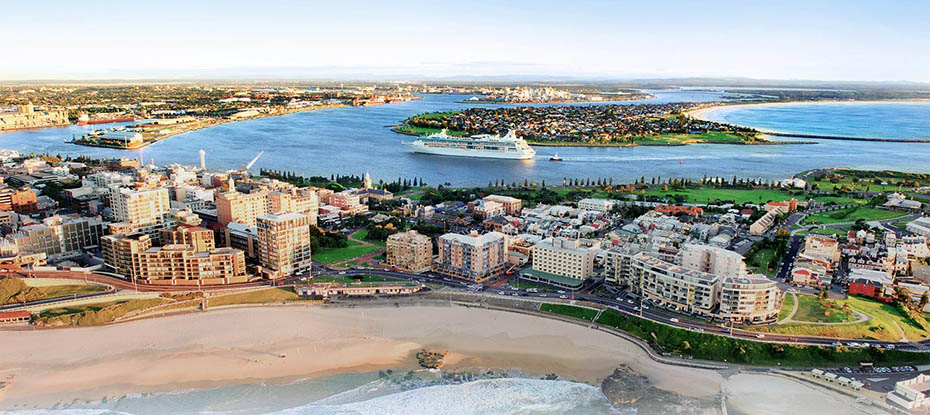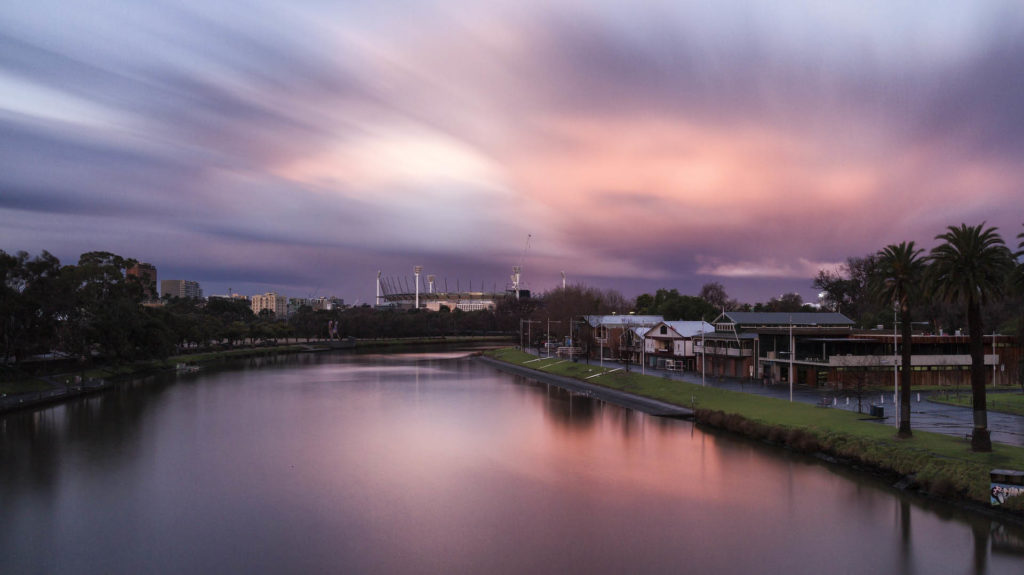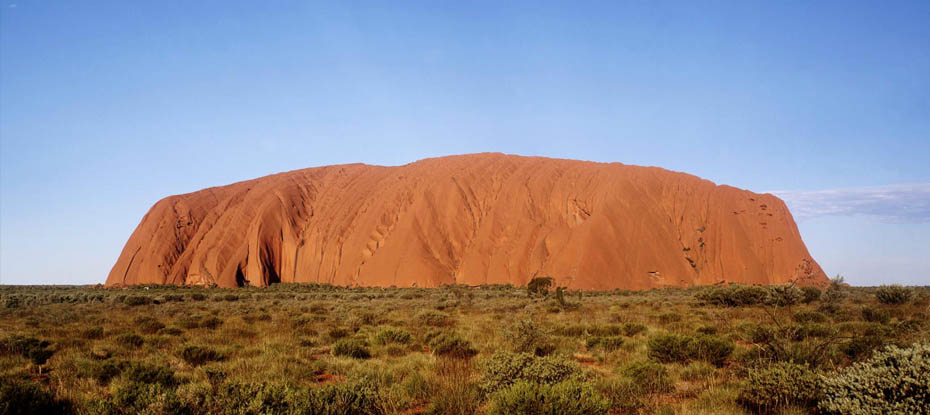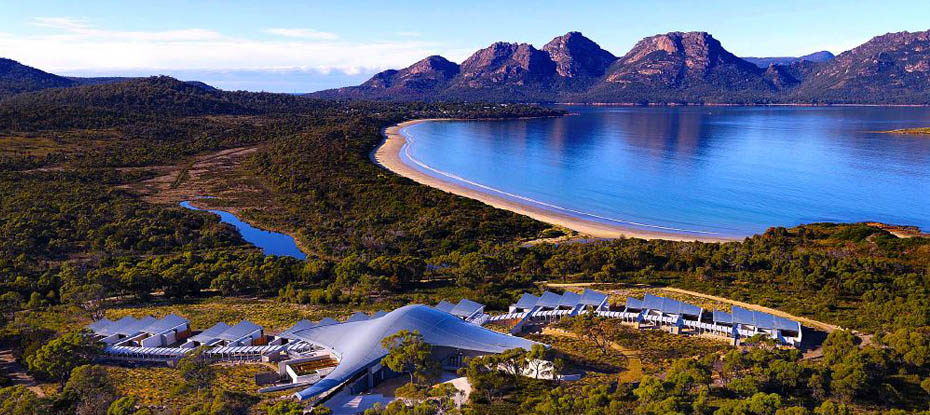In Australia you can study in a relaxed, safe and multicultural environment.
Population
Australia is one of the least densely populated countries in the world. This is due to its small population compared to its large area of approximately 7.7 million square kilometres.
Australians are among the most urbanized people in the world. For example, just over 60% of them live in the capital cities and about 20% live in Sydney. Also, around 80% of the inhabitants of each state and territory live within 100 km of their capital cities.

Multiculturalism
Australians pride themselves on their friendliness and cultural diversity. The population lives in a generally safe, friendly, sophisticated and harmonious society. Many ethnic groups are represented in Australia, making it one of the most culturally diverse countries in the world.
Australia’s diversity is described here:
- 25% of Australians were born in another country;
- 25% of Australians have at least one parent who was born overseas;
- Australian migrants are from more than 140 countries;
- 2% of Australians are of Aboriginal and Torres Strait Islander descent.
Aboriginal & Torres Strait Islander People
Aboriginal & Torres Strait Islander people are the natives of Australia and are believed to be the oldest living culture on earth. Through the employment of scientific methods of data collection, such as observation and experimentation, they were able to maintain a thriving culture for 50,000 years. Before colonisation Australia was broken into 250 countries. Aboriginal & Torres Strait Islander people spoke over 500 languages.
Currently there are approximately 650,000 Aboriginal & Torres Strait Islander people within Australia with less than 100 languages spoken.
Knowledge and information was passed on through oral traditions such sharing stories, dancing and ceremony. They have a developed understanding of the sciences including astronomy, physics, chemistry, environmental science, animal conservation and management. Emu in the Sky is one example of Aboriginal and western astronomy connecting. The celestial Emu appears in the Milky Way sky late April to May, it signifies to the Kamilaroi Aboriginal people that it is time to gather emu eggs for food. When it disappears in June it indicates that the emu eggs are hatched and no longer available.

Languages
Although English is the official language in Australia, there are more than 200 languages are spoken in Australian households.
Some interesting figures from the Australian Bureau of Statistics website:
- more than 3.1 million Australia’s speak a language other than English at home, this is a 10% increase compared with data from 2001;
- more than 55,000 Australia’s speak an Indigenous language at home in 2006;
- about 7% of the total population speaks one of the six most commonly spoken languages (other than English) at their home.
Religion
Australia is predominantly a Christian country; however, all religions are represented in Australian society.
Australia’s respect the freedom of people to practise their choice of religion. Churches, mosques, temples and synagogues are located in most major cities.
Biodiversity
Australia has a wide variety of unique distinctive flora and fauna. The major reason for this is related to its geological history. Initially, Australia was part of a larger continent but about 40 million years ago it separated fully and became an isolated continent.
After this separation, marsupial mammals best adapted to the Australian environment and eventually dominated it. Australia is one of the few places on Earth to have such a large number of marsupials, and to have the only two monotreme mammals. These two types of fauna can be explained as follows:
- Marsupial mammals give birth to their young and carry them in a pouch (Kangaroo, Koala, Wombat)
- Monotreme mammals lay eggs instead of giving birth to live young (Platypus, Echidna)
Despite its long history, Australia’s biodiversity has changed dramatically in the last 200 years. Since European settlement many ecosystems have been radically simplified and fragmented. Also, many plants and animals have been introduced from around the world, and they have had serious environmental consequences. An example of this is the cane toad.
Natural wonders
Australia is an island continent and its landscape consists mainly of low plateaus, which are sectioned off by several rugged mountain ranges. The Great Dividing Range is the longest mountain range that starts in central Victoria and ends in Northern Queensland and is several thousand kilometres in length.
The landscape in the tropical north consists of rainforest that leads into large areas of grasslands. These eventually merge into the central deserts, which are the largest in the world outside of the Sahara. This part of Australia is called the Red Centre, because of the unusual red colour of its sand.
Three unique natural wonders are described here:

Great Barrier Reef
The Great Barrier Reef stretches over 2000 km and covers an area of almost 35 million hectares on the northeast continental shelf of Australia. It runs from north of Fraser Island to the tip of Cape York and provides habitats for many forms of marine life.
The Reef is a scuba divers paradise with 2,900 individual reefs, 71 coral islands, 350 different species of coral, and over 1,500 species of fish. Also, it provides a major breeding ground for humpback whales and a feeding ground for endangered species such as dugongs and turtles.

Uluru-Kata Tjuta National Park
Uluru-Kata Tjuta National Park covers 132,566 hectares close to the centre of Australia and is owned by the Anangu Aboriginal people. It contains a range of remarkable geological and landform features including the spectacular monoliths of Uluru (Ayers Rock) and Kata Tjuta (the Olgas).
The park is co-managed by Parks Australia and the Anangu people. Uluru has been the focus of religious, cultural, territorial and economic inter-relations among the Aboriginal peoples of the Western Desert for thousands of years. It is 340 metres high and has a circumference of 9.4 kilometres.
Kata Tjuta means ‘many heads and rock formations consist of 36 steep-sided domes. Mount Olga is its highest peak at 500 metres high.

Tasmanian Wilderness
The island state of Tasmania is separated from mainland Australia. The Tasmanian Wilderness World Heritage area is one of the largest conservation reserves in Australia. It covers about 20 per cent of Tasmania (1.38 million hectares), and it is one of only three temperate wilderness areas remaining in the Southern Hemisphere.
This area contains rocks of every geological period and is a major centre for plant diversity. Its Huon pines, which can be up to 2000 years old, are some of the oldest trees in the world. Also, several animals that are now extinct on mainland Australia still survive there.

